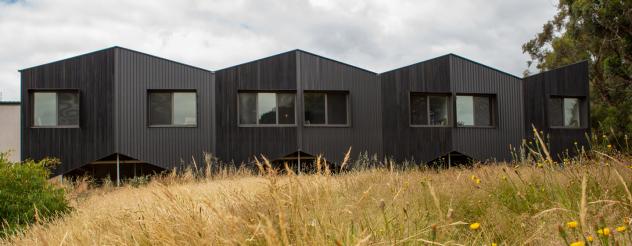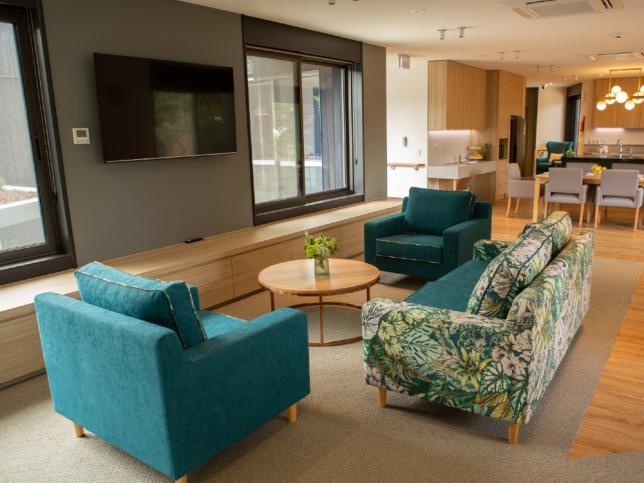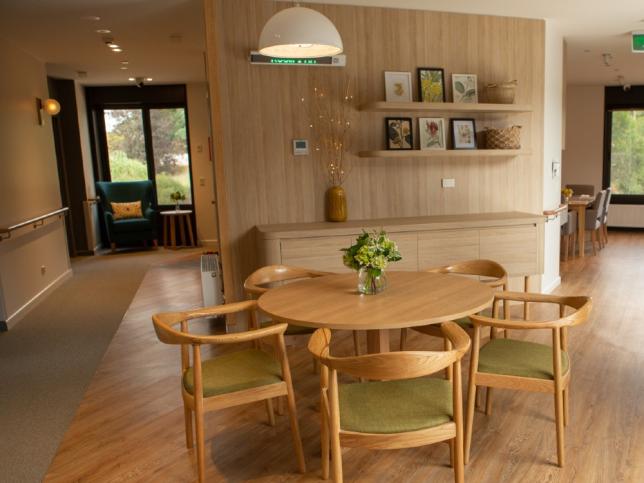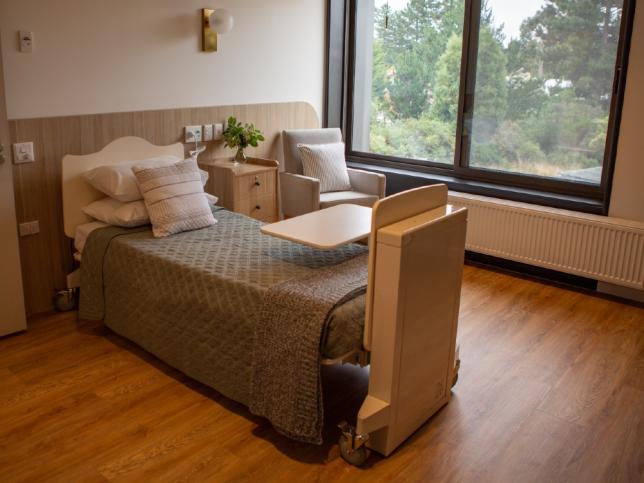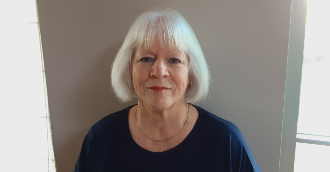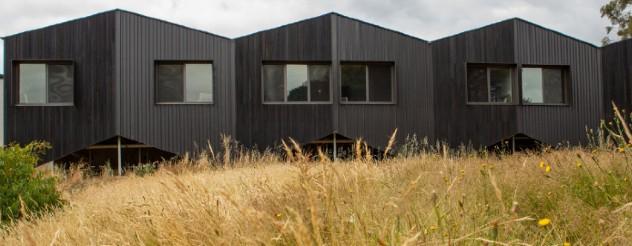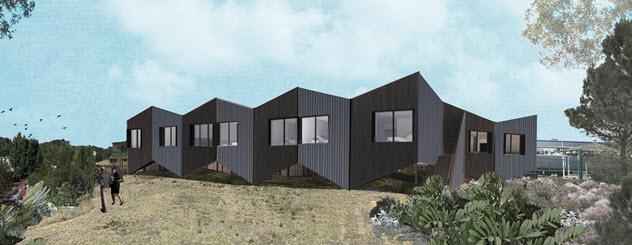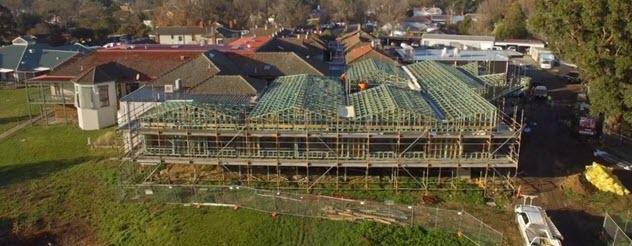'I am the Director of Nursing at Central Highlands Rural Health’s Creswick campus. As well as Creswick Aged Care, there is also a 10-bed sub-acute unit at the campus. I manage the clinical staff of both areas.
'At Central Highlands Rural Health, everything we do is driven by our Best Care Quality Framework. Under the framework, care needs to be personal, safe, connected and right. My role is to ensure that the services we provide meet these requirements. This includes ensuring our policies and procedures remain current and reflect best practice, making sure staff have the right skills and knowledge to deliver quality care and meet the needs of our residents, and ensuring the facility is a safe and healthy environment for everyone who lives, works or visits here.'
Why did you choose nursing as a career?
'I wanted to become an air hostess – as it was called back in the day – but you had to be 21 years old before you could apply. After finishing school, my father suggested I go into nursing in the meantime. After spending three years studying and working hard, I wanted to put that knowledge to use – and I’m still here!
'Initially, I worked in coronary and urgent care units. When I relocated with my husband, I started in a role at an aged care facility and thoroughly enjoyed it. I did a lot more learning in that role and ended up moving into management. Aged care is where I have mainly worked ever since.'
What has been your highlight working at Creswick Aged Care?
'The best part of working at Creswick Aged Care is being able to provide a high-quality option for ongoing care in the local community. Many of the people living in Creswick have been here all their lives – and they want to stay here when they can no longer live independently.
'I’m proud that we provide a service right here in the town, so they don’t need to move away.'
Creswick Aged Care now has a new dementia-friendly unit. How does the design of the unit improve the experience of residents with dementia?
'The new building has a continuous flow, avoiding long corridors and dead ends. This helps residents navigate the space and feel like they’re going somewhere.
'The corridors open up into different sitting areas or lounge spaces, giving residents different spaces to use. The kitchen, dining area and living room are all together – just like they would be at home.
'The single rooms and ensuites have also made a huge difference because it’s so much easier to ensure residents’ dignity and privacy. Residents don’t have to be taken down a corridor to have a shower or wait until a bathroom is vacant. They can have their own things, easily accessible, in their bathroom.
'The large central courtyard means that residents can safely go inside and outside themselves. It has also proven to be a terrific orientation for residents living with dementia who get their nights and days mixed up – as they can see outside easily to get a sense of the time of day. The visual of evening coming on can also help them to realise it is time for tea etc. These subtle clues can really help reduce confusion for some residents.'
Does the design also change the way staff care for residents? How?
'The design of the facility allows staff to see residents regularly, as each space flows onto the next. Staff can move from room to room and they can also see into the courtyard. If someone needs assistance, staff can be right there and respond quickly. This creates a sense of security for residents because staff are more visible and available.
'The new facility also has ceiling tracking for residents who need assistance with mobility. This equipment has made such a difference. It’s a smooth, easier process for staff and less stressful for residents. Rather than a large piece of equipment that staff need to wheel in and out of rooms, a sling is available to lift them directly.
'Another feature is the window seats in the sitting areas. If a staff member walks past a resident in these areas, they can stop to have a chat and sit on the window seat, rather than standing over them. It’s these kinds of spontaneous interactions that are supported by the design of the building.'
The theme for International Day of the Older Person 2021 is Digital Equity for All Ages. During COVID, we’ve all relied on digital technologies to keep in contact with loved ones. How do you and your staff support residents to use this kind of technology?
'We all learned how to use Zoom! We have iPads that staff use to set up calls between residents and their friends and families. We also set up video calls with family using smartphones. Often if a relative can’t navigate a zoom meeting, it can be more straightforward for them to open a video call on their phone.
'In the new facility, we also can connect to Netflix which has been fantastic. Residents have certain shows they’ve always watched at home – so now they can watch them from here.
'It’s nice to see how we can use technology within the facility, especially to keep residents entertained and in contact with their families.'
